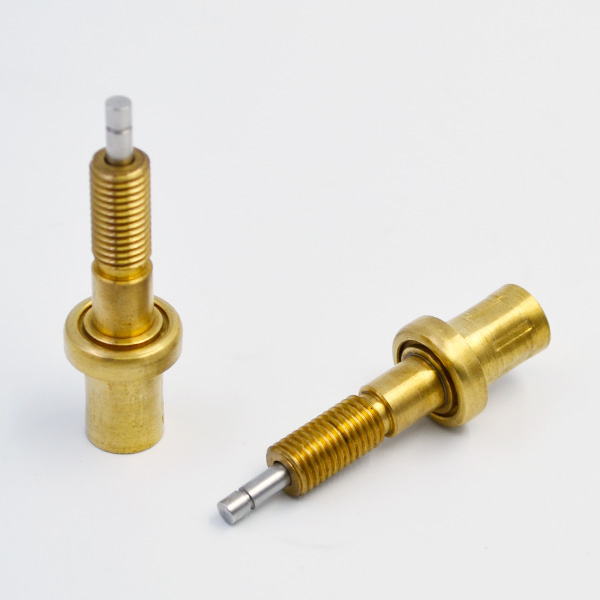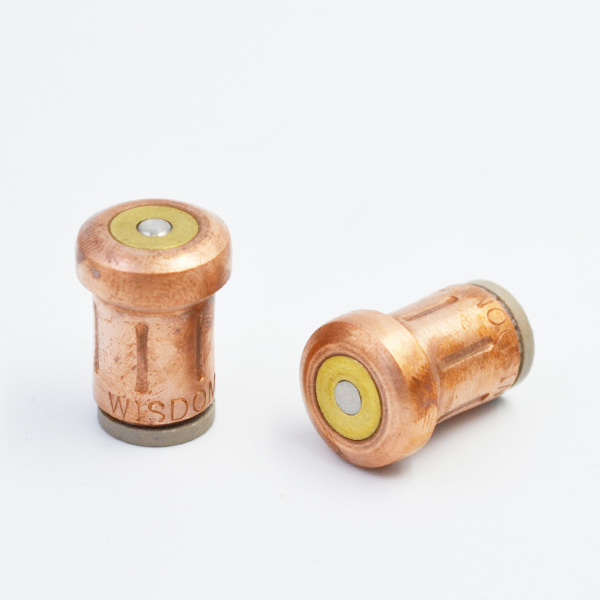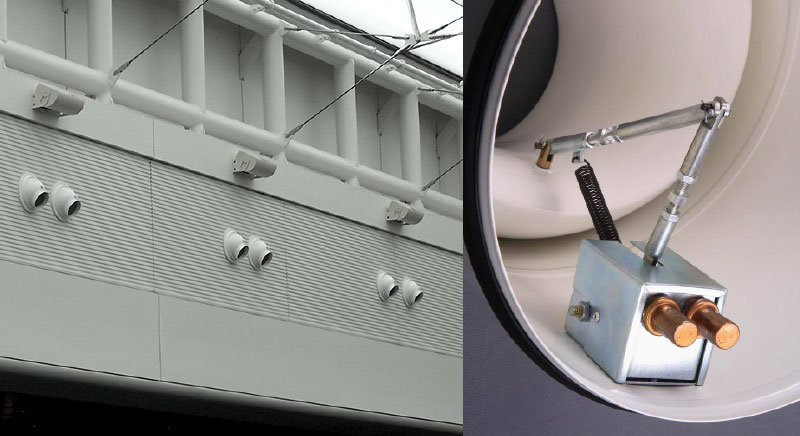This paper designs a solar energy adaptive window controller based on STC15 series single chip computer, and the system runs well.

At present, the most widely used windows are still the most primitive way of manual closure. They do not have the humanized functions of intelligent high temperature, rain and fog prevention. The intelligent switching window system designed in this paper can fully realize the intellectualization of windows by detecting environmental information. In this paper, STC15 series MCU is selected as the main control chip. The system collects the solar power supply. PM2.5, temperature, humidity, wind speed and other signals are collected by sensors.
These signals are sent to the MCU for data processing.

According to the processing results, the signal is displayed and voice reminder is given to drive the motor module action, and the automatic switching window is realized. At the same time, the system has remote control function to realize a certain distance of manual switching windows.
The overall structure of the system is shown in Figure 1. PM2.5 particulate matter detection module. The sensor model of PM2.
5 particulate matter detection is GP2Y1010au0f. The connection diagram of the sensor and the pin of the single chip computer is shown in Figure 2. The window can be closed automatically in haze weather.
Wind speed sensor. Wind speed sensor adopts YGC-FS wind speed sensor, which has the characteristics of high sensitivity: start-up wind speed less than 0.3m/s; wide measurement range: 0-70m/s; high accuracy: accuracy is ( (0.
3 0.03V) m/s, thermostatic element etc. When the wind speed outside is detected, the window closes automatically. Motor drive module. The motor drive module uses L298N as the main driver chip.

It can be seen as two H-shaped control bridges. Its function is to drive two motors at the same time.
ENA is the enabler of INA and INB, and ENB is the enabler of INC and IND.

The motor drive circuit diagram is shown in Figure 3. Firstly, the data collected by the sensors are sent to the display screen. When PM2.5, temperature, humidity and wind speed exceed the set value, the positive and negative rotation of the motor is controlled to achieve the effect of automatic window switch. The system flow chart is shown in Figure 4. To a certain extent, this system promotes the further development of smart home, has strong practicability, close to life, fully realizes the intellectualization of windows, and brings greater convenience to people’s lives.
